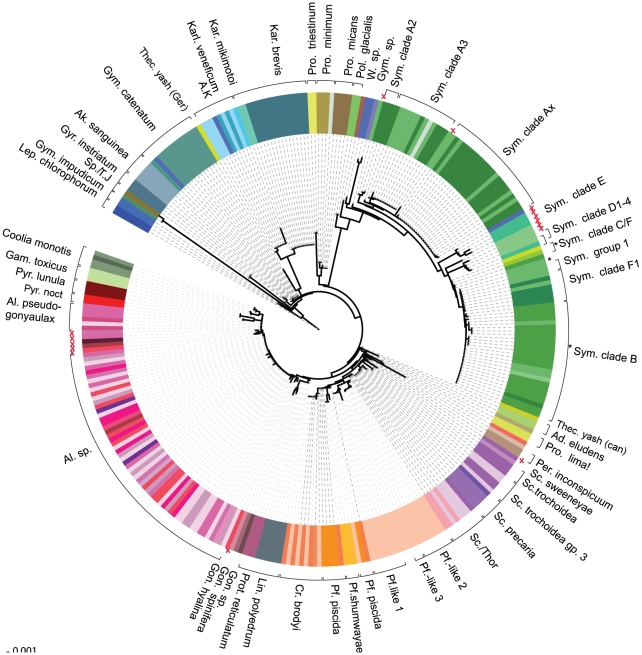Figure 2. Neighbor Joining Cluster Analysis of Uncorrected PWD from all Culture Collection COI Barcodes.
Each species is coloured according to its original species or clade designation. Species of the same genus or clades share a colour theme. Brackets indicate “barcode” species groupings, calculated by uncorrected pairwise distance of 0.24% or less, including those for Symbiodinium clades. Red crosses show strains that fall outside species range. Star symbols show strains that show species level similarity to more than one grouping, also marked similarly. Exclamation mark indicates the group is slightly above species cut-off threshold. Strain names were removed for clarity but are shown in Fig. S2. Species name abbreviations: A.K.: Antarctic Kareniaceae; Ad.: Adenoides; Al: Alexandrium; Ak: Akashiwo; Cr.: Cryptoperidiniopsis; Gam: Gambierdiscus; Gon: Gonyaulax; Gym: Gymnodinium; Gyr: Gyrodinium; Kar: Karenia; Karl: Karlodinium; Lep: Lepidodinium; Lin.: Lingulodinium; Per: Peridinium; Pf: Pfiesteria; Pol: Polarella; Pro: Prorocentrum; Prot.: Protoceratium; Pyr: Pyrocystis (noct: noctiluca); Sp: Spiniferodinium; Sc: Scrippsiella; Sym: Symbiodinium; T.J. Togulla jolla; Thec: Thecadinium. T. yash (Can) and T. yash (Ger) refer to Canadian and German isolates of T. yashimaense respectively. Thor: Thoracosphaera; W.: Woloszynskia. Unidentified cultured strains are shown in grey shading.

